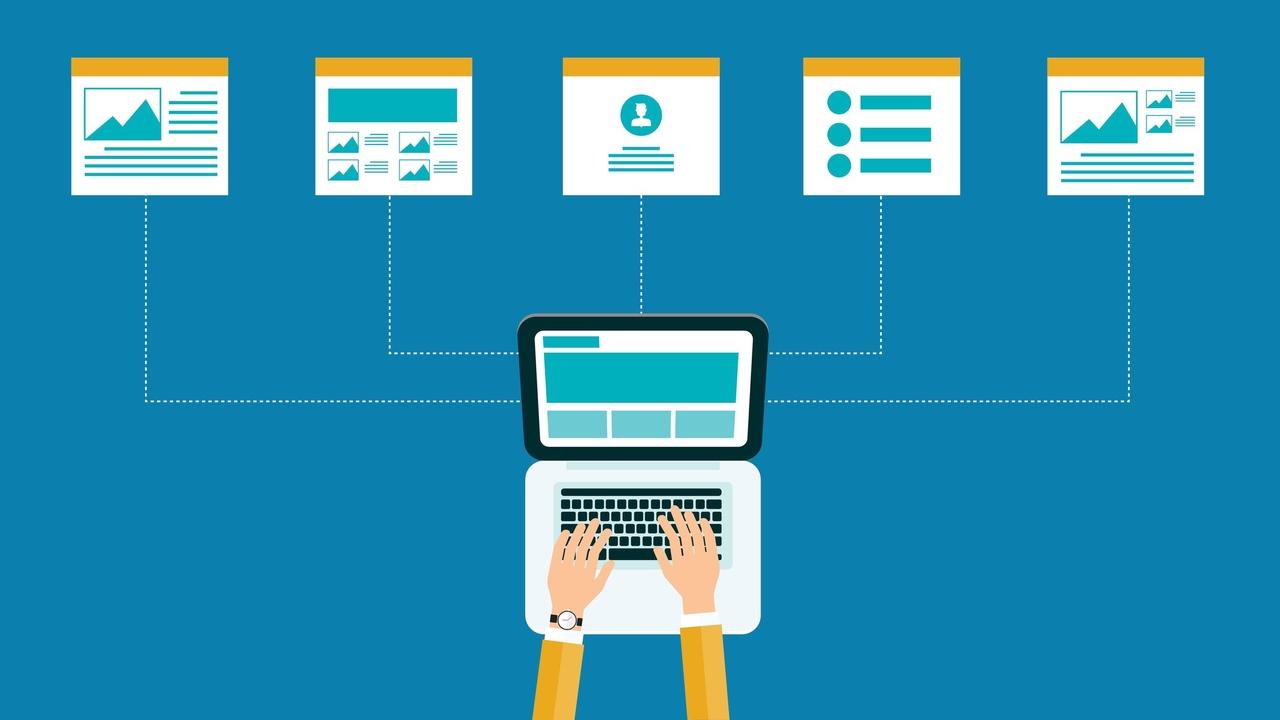Crafting and executing a content marketing strategy is one of the most important elements of effective B2B marketing. It can also be a top marketing challenge for many organizations. Getting the right marketing content to the right people, at the right time, isn’t easy. But it can be done.
The Content Marketing Institute found that for the most successful marketing efforts, 88% prioritize audience information needs over the organization’s sales/promotional messages, and 74% craft content based on specific stages of the customer journey.
As you begin to develop your B2B content strategy, identify common audience challenges and how to address them.
Start by Defining Content Strategy
Effective content strategy requires thoughtful and planned distribution of your marketing content. Most content is published through digital channels. In fact, 84% use paid distribution channels for content marketing purposes. Andy Crestodina, co-founder and CMO of Orbit Media, explains, “Content strategy is about planning the creation, promotion, and measurement of content. It’s the plan for attracting visitors and inspiring them to take action. It’s the plan for generating demand by using content.”
The customer, or prospect, should be at the heart of your marketing and should be at the heart of your content strategy. It is very important to think about content strategy in the context of the buyer’s journey. For reference, consider the following stages of the buyer’s journey and the different types of content individuals are likely to expect at each stage:
Awareness Stage. This is generally when buyers realize they have an issue they need to solve or get further information about. They seek out resources that answer their questions and shed light on what they’re experiencing. Helpful content at this stage includes:
- Research reports
- Infographics
- eBooks
- Editorial and educational content (e.g., blog posts and articles)
- Whitepapers
Consideration Stage. Here, individuals have formed an opinion of who or what product/service can help them tackle the challenges they’re facing or achieve the goal they wish to reach. Content that’s helpful at this stage includes:
- Expert guides
- Webcasts / Webinars
- Podcasts
- Videos
- Self-guided demos
Decision Stage. At this stage, individuals have narrowed down their choices and are looking for evidence that helps them make the right buying decision for their needs. They’re also looking to build confidence in their decision, which is supported by content such as:
- Vendor/Product comparisons
- Case studies
- Trial downloads
- Live demos
Key Challenges and How to Address Them
While a majority of B2B marketers say they use content marketing in their organization, many still struggle to produce and manage their content efforts. For B2B executives and leaders, three recurring themes emerge:
“We don’t have enough bandwidth to create the amount of content we need.”
Generating enough content to cover the stages in the buyer’s journey for each of your personas can be overwhelming. It’s important to note that not all content needs to be created from scratch. Good content can be repurposed and repackaged into new content to meet different needs.
Also consider using outside expertise to supplement your content creation. Typically, this involves partnering with one or more subject matter experts to get their unique perspectives on a range of topics. Then, content marketers can develop it into more complete narratives ready for publishing.
“How do we use content for lead generation?”
Some content (e.g., blog posts, features/benefits sheets, case studies) should be ungated, meaning you don’t require contact details to view it. Higher-value content (e.g., white papers, eBooks, reports) should be gated so you capture prospect contact information (email address at a minimum) to begin building a dialogue that is nurtured to become a lead. If content is truly valuable, people won’t mind sharing a small amount of their information in exchange for it.
“What’s the right frequency for distributing or publishing our content?”
Effective content distribution follows a thoughtful, purpose-driven plan. Create a marketing calendar that addresses the key facets of your messaging and the needs of your respective personas. As much as possible, enable one-on-one marketing so individuals can determine what types of content they want to receive and when. Marketing automation can also help with that.
In short, your goal is to create an ongoing dialogue with your prospects and customers. This can be accomplished by a combination of continuous content publishing (e.g., blog posts, new assets in your resources area and website updates) along with tailored email communications, social media engagement and introduction of content on other sites your prospects and customers commonly visit.
Gain Content Confidence
Creating a content strategy does not have to be a difficult task, but it should be considered a priority for B2B marketers. Your brand and product tell a story and those in need of the solution you offer want to hear it. Take your content strategy, development and execution one step at a time and know that every business goes through trial and error.
Are you ready to elevate your content marketing strategy and plan but don’t know where to start? Register for the Marketing Pro Series Build a Breakthrough Content Strategy and Plan course. This course guides you through the creation of a content marketing strategy tailored to your business and a ready-to-execute plan that drives interest and action for more leads—moving more quickly—through your sales funnel. It also includes one-on-one expert coaching.

